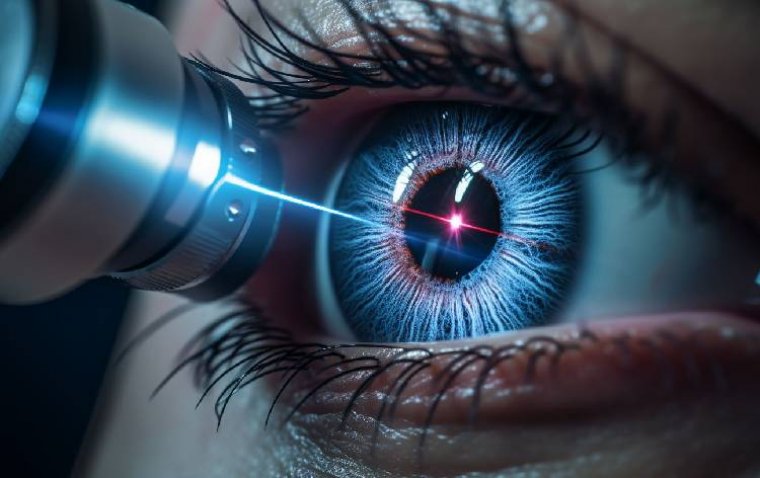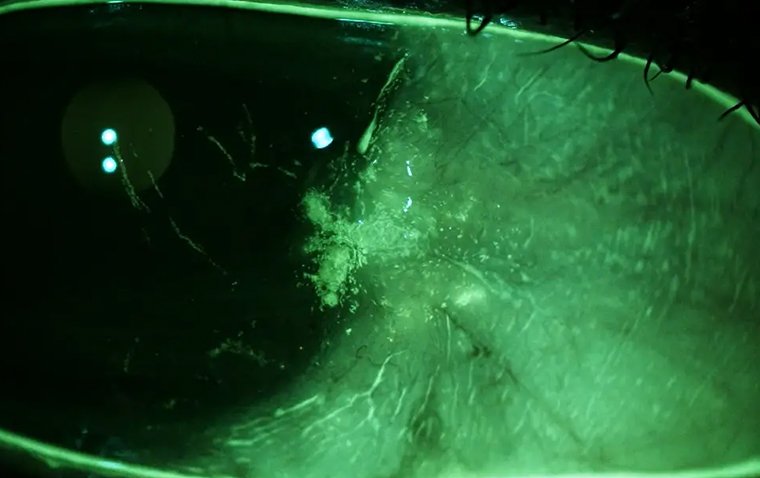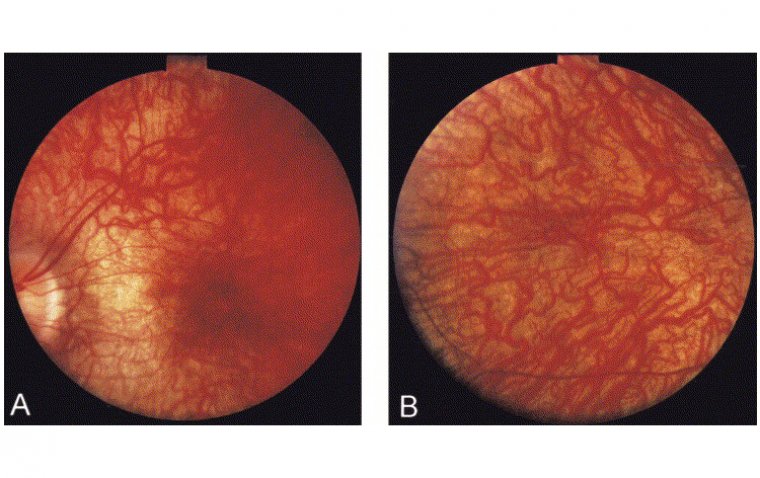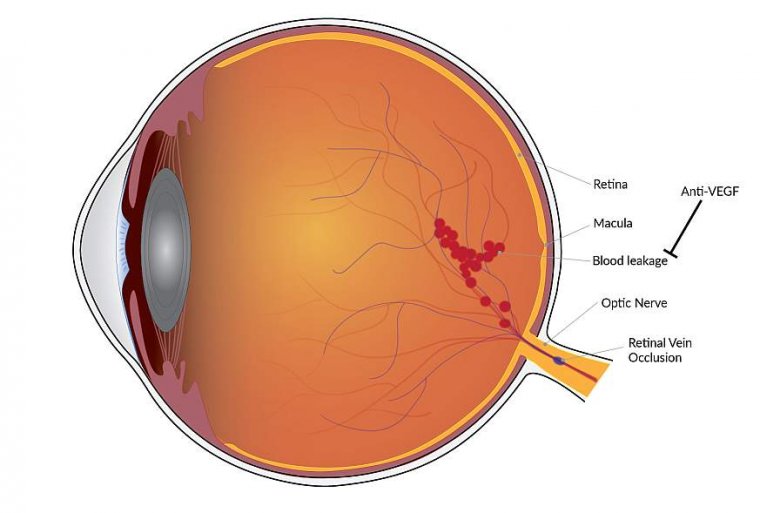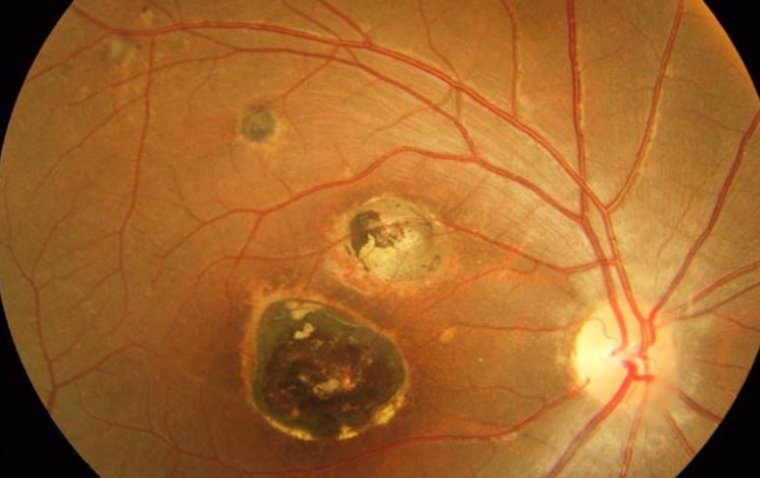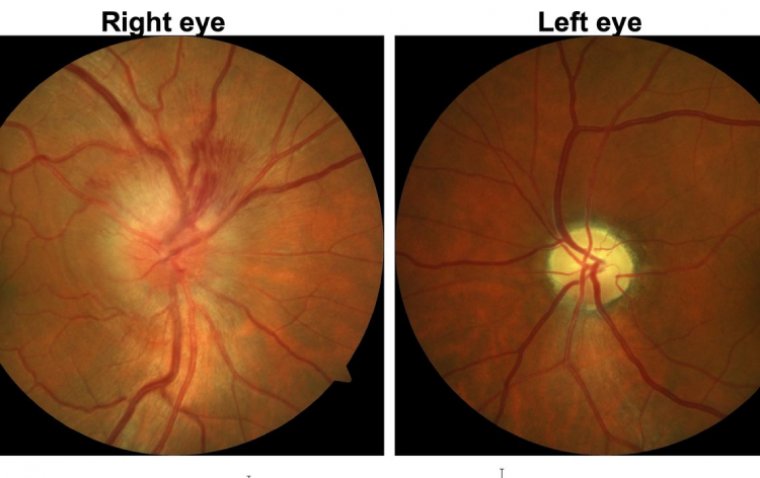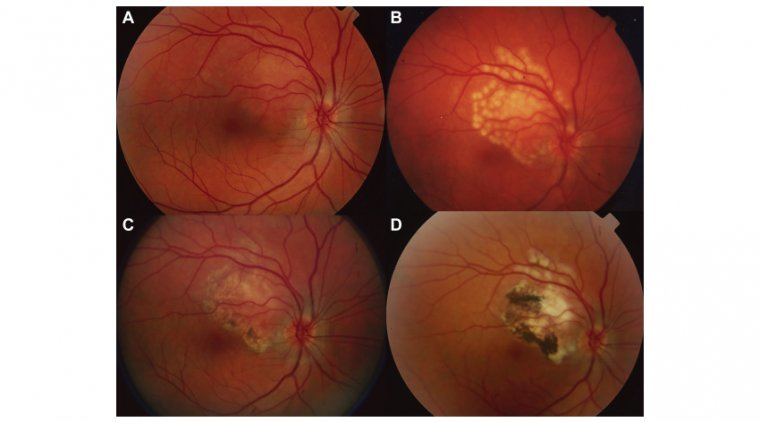
All About Choroidal Hemangioma: What You Need to Know
Choroidal hemangioma is a benign tumor that develops in the choroid, the layer of blood vessels that lies between the retina and the sclera (the white of the eye) in the eye. It is a rare condition that occurs in both adults and children, but it is more common in adults.
The exact cause of choroidal hemangioma is not known. It is believed to be a congenital condition, meaning that it is present at birth. It may also be caused by a genetic predisposition or a mutation in certain genes. Some studies have also suggested that hormonal imbalances and exposure to radiation may increase the risk of developing choroidal hemangioma.
Symptoms of Choroidal Hemangioma
● Blurred or distorted vision
● Loss of vision
● Floaters and flashing lights
● Scotoma (blind spot)
These symptoms can be caused by the tumor itself or by the fluid that accumulates in the eye as a result of the tumor. In some cases, choroidal hemangioma may not cause any symptoms at all.
.jpg)
A Case of Circumscribed Choroidal Hemangioma Credit: Canadian Retina Society
To diagnose choroidal hemangioma, an ophthalmologist will perform a comprehensive eye examination including visual acuity, visual field test, tonometry and fundus examination, including fluorescein angiography and optical coherence tomography. These tests help to identify the tumor and determine its size, location, and blood supply.
What Are the Risk factors for Choroidal Hemangioma?
● Age: Choroidal hemangioma is more common in adults than in children.
● Gender: Women are more likely to develop choroidal hemangioma than men.
● Genetics: A family history of choroidal hemangioma may increase the risk of developing the condition.
How to Treat Choroidal Hemangioma
Observation: If the tumor is small and not causing any symptoms, it may be observed to see if it changes in size or shape.
Laser therapy: This treatment uses a laser to destroy the blood vessels in the tumor and shrink it.
Photodynamic therapy: This treatment involves injecting a photosensitizing agent into the bloodstream, which is then activated by a laser light to destroy the blood vessels in the tumor.
Steroid therapy: This treatment involves injecting a steroid into the eye to reduce inflammation and shrink the tumor.
Surgery: Surgery is typically reserved for cases where other treatments are not effective or if the tumor is causing severe vision loss.
It is important to note that treatment options will vary depending on the size, location, and symptoms of the choroidal hemangioma. A regular follow-up with the ophthalmologist is necessary to monitor the progress of the tumor.
Choroidal Hemangioma vs Melanoma
Choroidal hemangioma and melanoma are both types of tumors that can occur in the eye, but they are different types of tumors with distinct characteristics and different treatments.
Choroidal hemangioma is a benign tumor that develops in the choroid, the layer of blood vessels that lies between the retina and the sclera (the white of the eye). It is a rare condition that is usually asymptomatic and can be treated with observation, laser therapy, photodynamic therapy, steroid therapy or surgery.
On the other hand, melanoma is a type of cancer that develops in the cells that produce pigment (melanocytes) in the eye, typically in the uveal tract which includes the iris, ciliary body and choroid. Melanomas are typically dark in color and can be raised or flat. They can be dangerous because they can grow and spread rapidly. They are treated with surgery, radiation therapy and immunotherapy.
It is important to note that while choroidal hemangioma is benign, melanoma is malignant.
To Sum Up...
Choroidal hemangioma is a rare benign tumor of the eye that develops in the choroid. Its causes are not fully understood, but it may be congenital or genetic. It can cause symptoms such as blurred vision, distorted vision, and loss of vision, but it can also be asymptomatic. Treatment options include observation, laser therapy, photodynamic therapy, steroid therapy and surgery. Consultation with an ophthalmologist is necessary to determine the best course of treatment and to monitor the progress of the tumor.
(1).jpg)


